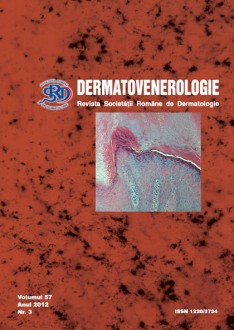Referate generale
Actualitati in fotoprotectie
Utilizarea in mod constant a produselor de fotoprotectie are o importanta dubla – atat pentru evitarea toxicitatii acute la radiatii UV, cat si pentru efectele pe termen lung – imbatranirea pielii si aparitia cancerului de piele. Eficienta produselor de fotoprotectie este sustinuta de calitatea substantelor active, care se regasesc in aceste produse. Din pacate, o parte din ingredientele continute in produsele de protectie solara strabat epidermul si ajung in circulatia sangvina. Unele produse pot contine ingrediente care pot produce importante efecte adverse.
Oxybenzone (benzophenone-3) este un compus prezent in jumatate din cremele de fotoprotectie si care poate determina un efect foto-sensibilizant, carcinogen, cu cresterea productiei de radicali liberi. Compusii anorganici, cum ar fi oxidul de zinc si dioxidul de titan s-au dovedit a face mai sigure produsele de fotoprotectie. Oxidul de Zinc ofera o protectie fata de radiatiile UVA foarte buna, in timp ce dioxidul de titan asigura o protectie mai buna pentru UVB.
FDA (Food and Drug Administration) a anuntat in iunie 2012 noile reglementari in domeniul fotoprotectiei. Astfel, un produs este considerat rezistent la apa daca FPS (factorul de protectie solara) este mentinut dupa imersia de 40 minute (2 imersii a cate 20 minute), iar un produs este foarte rezistent la apa daca mentine FPS dupa imersia de 80 minute (4 imersii a cate 20 minute). Numai cremele de fotoprotectie cu un FPS de minim 15 sau mai mare s-audovedit a fi eficiente in reducerea riscului de cancer de piele si a fotoimbatranirii cutanate.


